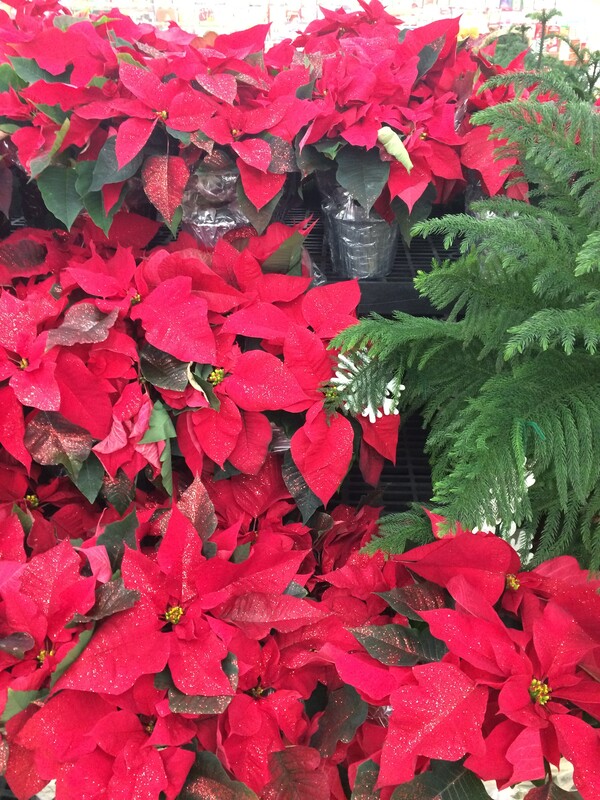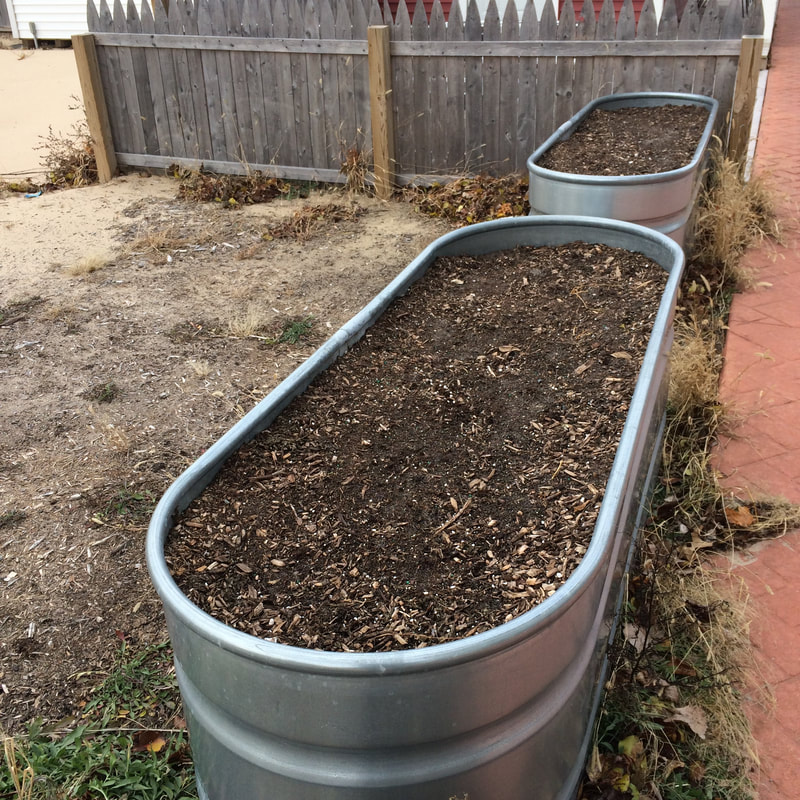|
Story and photo by Donna Iverson
After the holidays are over, what will you do with that live evergreen tree? Consider recycling it. The Muskegon Conservation District is holding a tree recycling collection at their location at 4735 Holton Road in Twin Lake after Christmas.You can bring your tree there and place it in a designated area flagged off near the office building.The donated trees will be used for an upcoming project using evergreen trees for erosion control along stream beds. According to Emily Grasch, a spokesperson for the district, the trees will be bundled up and placed along the sides of local streams. Basically the tree bundles will catch the sandy soil and hold it in place and not allow it to wash downstream, she said. If you want to recycle your tree somewhere closer, you can find a recycling center nearby by checking out www.Earth911.com. You simply type in your zip code and you will get a list of recycling centers in your vicinity. If you live on a lake, pond or creek, and rising water is eroding your property, positioning a Christmas tree along the bank can act as a natural sand fence, similar to what then conservation district is doing, The wood and branches help with erosion control and the nutrients can enhance whatever vegetation is growing nearby, even dune grass. Christmas trees can also be used to stabilize dunes. Of course, you can recycle that tree right in your backyard. Break off the branches and use them to mulch your perennials. Evergreen branches also make a great base for a new compost pile. Dried pine needles can be used to make homemade potpourri along with pine cones, berries and dried herb leaves from your garden. Then there's my personal favorite approach that requires next to no effort. Simply place your tree (minus the decorations) in the garden to provide habitat for birds and small mammals during the frigid winter months. Once the limbs dry out, the branches would make a great summer bonfire. Thirty years ago, 90 percent of American households put up a real tree, according to USDA data. Today that figure is about 20 percent, although I suspect that figure is higher here in the north country. But the tide is turning as millennials are buying real trees, in their search for authenticity. Largely because of them, 2019 was the best year for real Christmas tree sales in a very long time. According to a spokesman for the National Tree Association, 98 percent of real trees are grown in tree farms. In Michigan, the highest density of tree farms is in Missaukee county near Cadillac. These farms sold 571,000 Christmas trees in 2017. The most popular tree in the upper Midwest is Scotch Pine and Spruce, the same trees that were popular back when most people cut a tree down that was growing on their own or a neighbors property. This uptick in real Christmas tree sales is giving a boost to rural communities where Christmas tree farms have been barely holding on waiting for just a resurgence in sales of their product, which is totally recyclable.
0 Comments
Story and photo by Donna Iverson
Poinsettia plants are the quintessential Christmas decoration plant. Every December, they multiply on shop shelves, appear in indoor holiday displays, and are found on many a work desk to mark the season. Their red leaves with tiny yellow flowers can't be missed and it's hard to resist buying a colorful plant or two, as winter descends and snow covers the ground. Ironically while they make their appearance in December, the poinsettia is a tropical plant that absolutely hates cold. Even a few minutes exposed to cold temperatures can damage the plant. So if you buy one, wrap it up in a blanket as you dash to your car. Just kidding, but do cover it up with something like a heavy paper bag. While it looks like an exotic cultivar, poinsettia is actually native to North America, and grows prolifically in Mexico where it is not a potted plant but a perennial shrub that can grow 10 to 15 feet tall. In affect, a small tree. However, the poinsettias that Americans buy do not come from Mexico. Seventy percent of them are grown in California. It's a good business. Poinsettias are the best selling potted plant sold in this country. It is a $250 million dollar business. Seventy million plants are sold every year. Urban legiend has it that poinsettia plants are toxic to dogs and cats. Only slightly true. As animals would have to pretty much eat the entire plant to cause illness. A few leaves may cause mild diarrhea but nothing more. Still, you might want to discourage snacking. Poinsettias have been breed to come in a wonderful variety of colors, including pink, cream and even blue. But red remains the most popular. Caring for your poinsettias is relatively easy. It likes indirect light for at least six hours a day. Do not over water and it will last for months. Once a poinsettia begins to fade, you probably would like to know how to keep it alive until the next holiday season. Unless you live in the south, where you could plant your poinsettia outdoors, you would need a greenhouse in the north to keep it alive. Even then, you must provide 14 hours of absolute darkness daily during October for it to redevelop those scarlet red leaves, officially known as bracts. As for history buffs, the poinsettia is named after a South Carolina botanist and American ambassador to Mexico back in 1828. His name was Joel Roberts Poinsett and December 12 was chosen as National Poinsettia Day to commemorate his introduction of this plant to the US. And what is the correct pronunciation ?? ...it is correctly pronounced both poin-set-ah and poin-set-tia.  "It's been 10 years since Sandi Parkman went missing after being dropped off at home by her schoolmate, Nick Larson, now the Sheriff of Freeport, Michigan. When a construction crew unearths Sandi's bones--along with Nick's letterman jacket and one of his hairs--Nick becomes suspect number one in the murder." Secret Remains the second book in the Coroner’s Daughter series is coming out in January and the author will be appearing at the Fremont Library for a book event Thursday January 2 7-9pm. Jennifer Graeser Dornbush grew up in Fremont a city with a remarkable resemblance to the town of Freeport where the book takes place. While the television or movie screen is the closest most people will ever come to witnessing the forensic world, Jennifer actually lived it. As a daughter of Newaygo County Medical Examiner Dr. Ronald Graeser whose office was in their home, she investigated her first fatality, an airplane crash, when she was 8 years old, picking up pieces of skull and brain matter with her father who simply saw it as an anatomy lesson. This would be the first of many coroner lessons she experienced over two decades. After careers in journalism and teaching, Jennifer turned seriously to screenwriting where she began to connect her coroner world to her writing world. She sought out a degree at the Forensic Science Academy in Los Angeles to gain more forensic training from LA’s top CSIs, fingerprint specialists, DNA scientists, and detectives. Today, Jennifer Dornbush is a screenwriter, author, speaker and forensic specialist. She authored Forensic Speak: How To Write Realistic Crime Dramas, and her first mystery novel, The Coroner, released in 2018. As a forensic consultant, she is frequently asked to consult with TV writers on shows such as Bull, Conviction, Hawaii Five-O, Leverage, Suits, and Rectify. Besides working on several TV crime drama series, Jennifer has adapted a YA novel to script, and wrote the theatrically released film and novel, God Bless the Broken Road. Story and photos by Donna Iverson
When it comes to raised garden beds, I'm a traditionalist so prefer untreated wood to grow my veggies in. The community garden where I grow my veggies is transitioning to galvanized steel metal beds and I'm not happy about it. But I am in the minority. These steel metal raised beds are becoming increasingly popular with home gardeners, community gardeners, cities and towns and local businesses. With good reason. First, they can bring plants to inaccessible places like decks, patios and even along a town's main thoroughfare in front of local businesses. During the holidays, you can easily decorate them with evergreens and red ribbons. A metal bed is cheaper than a wood one, lasts longer, and you can start the gardening season earlier, as it retains the heat of the sun. It is less likely than a wood bed to be infected with pests. These beds come in all shapes and sizes, are durable, portable, and have a contemporary look. But there is a downside. In an effort to convince my fellow gardeners to stick with wood raised beds, I began researching the negatives. Mostly my objection was aesthetic, as they look like cattle watering troughs to me ....which they are. But that didn't convince the gardening committee, whose members just shrugged when I brought up aesthetics. Beauty is in the eye of the beholder, commented one member. Plus they are cheap and last longer, said another. But you have to water them more often as they dry out more quickly, I countered. Another group of shrugs. Tomatoes will love them, came one retort. Clearly I needed a stronger argument. Was there a food safety issue? Maybe. Galvanized steel is made by coating the outside with zinc. Zinc will leach out of these metal containers as they age or are exposed to acid soil. So best not to grow acid loving plants, like blueberries, in them. Too much zinc in your diet is toxic. But the research on the effects of galvanized steel on growing vegetables is sparse and inconclusive. Seems like zinc will leach into the soil as the years go by but not enough to really cause harm, research claims. Still, I'm not taking a chance, I told the garden committee. That's when I learned that my rotting wooden bed was scheduled to be replaced in the spring with one of the galvanized steel ones, as were all the remaining falling-apart wooden beds in the garden. Will let you know in 2020 whether or not I can live with this. |
Archives
July 2024
Categories |





 RSS Feed
RSS Feed